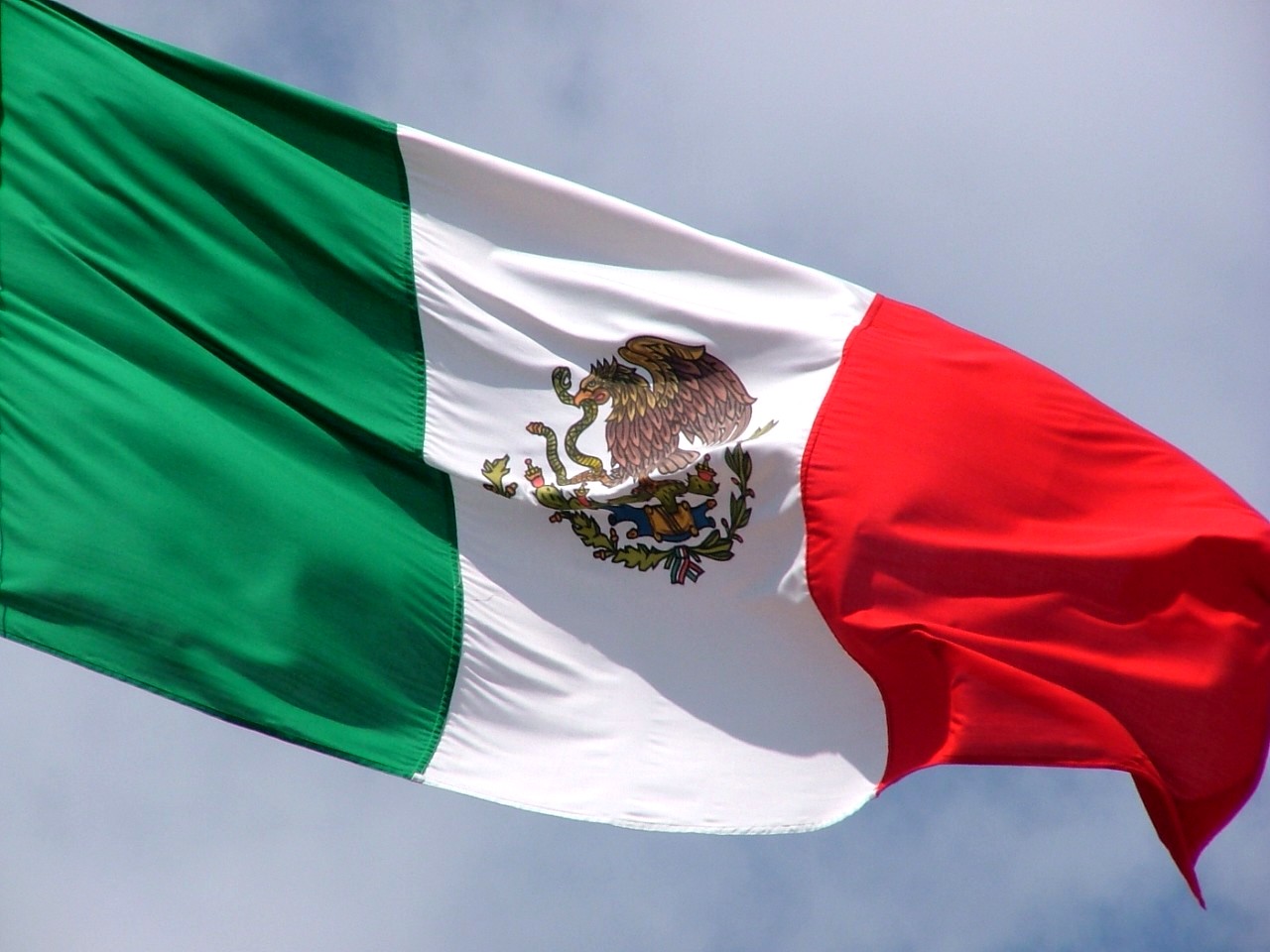As of September 2016, total U.S. natural gas pipeline exports reached 185 Bcf, an increase of 33% from last year. Exports to Mexico were way, way up this year, exceeding 123 Bcf and rising 79% from last year. Canada, the other major market for U.S. natural gas pipeline exports, saw its total decline by 39%, chiefly due to low demand growth and supply abundance north of the border.
Mexico used to be governed by strict resource nationalism, with PEMEX, the state energy company, managing the country’s energy infrastructure. PEMEX is something of a national institution in Mexico, with its origins in the country’s nationalist history: it was created in 1938 when the Mexican government expropriated foreign oil companies (American and British, mostly) and nationalized their assets. For more than seventy years, Mexico managed its energy nationally.
But in 2013, that all changed, as the country’s government embarked upon a new energy policy. The Mexican energy sector was opened up to foreign investment for the first time in seventy-five years. Growth from new investment has been sluggish chiefly due to the fall in oil prices, while domestic oil production has fallen under 2.5 MMbpd from a high of 3.8 MMbpd in 2004. But Mexico has embraced closer ties to the U.S. energy sector nonetheless, with imports of U.S. natural gas increasing at a rapid pace, tripling in volume from 2010 to 2015.
At present, Mexico depends on natural gas for sixty percent of its domestic electricity consumption. Future plans for new pipelines and increased LNG imports through terminals in Veracruz and elsewhere indicate a willingness on the part of Mexico to increase its domestic consumption, which in per capita terms lags by about seventy percent behind the rates of OECD nations. Imports from the United States exceeded domestic natural gas production in 2016 and are likely to far exceed them in future, according to the Wall Street Journal.
The EIA recently reported that U.S. pipeline capacity to Mexico had exceeded 7.3 Bcf/d, driven by strong demand in Mexico and the low, low price of U.S. natural gas. Mexico would otherwise be forced to turn to LNG to feed its natural gas demand or wait for new fields in the Gulf or elsewhere to reach development. But in the meantime, it’s increasingly-open energy market is being fueled by cheap U.S. energy. The EIA estimates this trend to continue in the future, with U.S. natural gas exports exceeding 14 Bcf/d by 2018, if anticipated pipeline construction continues according to schedule.
That’s where the politics comes in. President-elect Trump has indicated a strong focus on energy issues, exemplified by the selection of Rex Tillerson as Secretary of State, and has selected a raft of fossil fuel friendly individuals to serve on his cabinet. While that’s good news for the energy industry, it may clash with his campaign promises to build a “wall” along the U.S.-Mexico border and to crack down hard on illegal immigration, potentially to the detriment of open and friendly U.S.-Mexico relations. Trump’s stance on international trade is widely thought to clash with his enthusiasm for U.S. energy production and the potential for energy exports, as imposing tariffs or trade restrictions may only harm American energy exports while doing little to aid the domestic market.
Morgan Stanley emphasized that an end to NAFTA, one of Trump’s least-favorite trade deals, could impact U.S. energy exports to Mexico now and in the future. Exports are presumed to rise by 3.2 Bcf by 2020, growth which represents twenty-three percent of total gas demand forecast in the U.S. Removing this demand, which would put downward pressure on prices and keep U.S. gas cheap, would only harm the U.S. domestic market.
Right now, there’s speculation over how the Trump Administration’s Mexico policy could impact existing natural gas infrastructure and the future of the U.S.-Mexico cross border energy trade, a major bright spot in the current supply-demand climate. A recent meeting between Mr. Trump and Carlos Slim, Mexico’s richest man, may indicate a softening of tensions. It will not become clear how U.S. energy to Mexico will be affected until Trump has taken office and his campaign rhetoric on Mexico, trade, energy and “the wall” is put to the test.






Comments